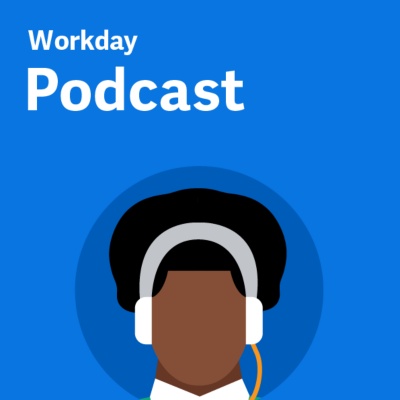Here are three considerations federal leaders should keep front of mind as they take on the nation’s most pressing talent imperative.
Focus on Intersectionality
President Biden’s order noted that people of color and women have historically faced job discrimination, but it didn’t stop there. Instead, it identified several other groups who have encountered unequal treatment at work, including first-generation professionals and immigrants, rural and disabled people, LGBTQ+ workers, older individuals, those who have been previously incarcerated, parents, and more.
Traditional ways of analyzing employees tend to focus on one dimension, such as gender or ethnicity. But one worker can, of course, fit many demographic groups at once (think of a Gen X Asian woman who identifies as LGBTQ+). That’s why it’s so essential for federal leaders to dig deeper than high-level snapshots and look at intersectionality, or the ways in which different facets of an employee’s identity intersect to shape their experience.
Consider, for example, a workplace survey to assess employees’ sense of belonging. At the “all-employee” level, the data might show 80% of employees feel a sense of belonging, which looks very positive. The picture shifts, however, when the data is parsed more finely, revealing stark differences in how various employee groups feel at work. White men, for instance, might report a high sense of belonging while every other intersection lags.
Paying particular attention to intersectionality—say, Asian men and women from underrepresented communities—would allow leaders to surface insights that can then fuel tailored action plans and initiatives.
Those actionable insights (and even the need for action) might be muffled if someone were looking only at blanket stats about the workforce as a whole. But using intersectionality to analyze the employee experience shines a targeted spotlight on the opportunity for improvement, so an agency can take steps to more effectively help employees feel that they belong.
DEIA progress, in other words, relies not just on collecting data but on capturing the right data. Cloud-based, real-time people analytics tools can help leaders track the many different dimensions of a worker’s identity, from gender and age to veteran status and cognitive diversity. By aligning on DEIA definitions, data sources, and security protocols, federal leaders can better understand their existing workforce and better measure their efforts to create a more diverse and inclusive culture.
Understand the Employee Life Cycle
Once agency leaders gain a richer understanding of their workers’ identities, they can use this additional context to more fully assess the employee life cycle. When all data related to diversity and inclusion is centralized, leaders can look at hiring, promotion, leadership structure, and attrition to determine blind spots and problem areas.
Agencies can quickly use real-time metrics to identify, for instance, whether certain groups are over- or underrepresented during recruiting efforts; if promotion processes are inclusive; whether diversity falls off from one management level to the next; and whether diverse talent leaves the agency at a higher rate than other employees.
By combining a holistic understanding of their employees’ identities with a broad understanding of the drivers that affect engagement, promotion, and retention, agency leaders can better identify and prioritize the issues that need to be addressed.
Establish Accountability Measures
Armed with deeper insights into underlying factors that contribute to DEIA shortfalls, federal leaders can more effectively and strategically work with their teams to better define DEIA success.
Sustained, impactful change means more than getting talent in the door, and the measures that an agency tracks should likewise go far beyond simple hires. Does our workplace culture actively promote a sense of belonging? Is career mobility equitable across demographic groups? Are diverse candidates dropping out during our recruitment process? How does employee attrition vary across groups?
Once metrics are established and a baseline is set, leaders must create a system of accountability that moves agencies from goal-setters to goal-getters when it comes to DEIA. Specificity is imperative here: How will the agency address gaps in mobility and advancement opportunities? What plans can be implemented to build manager competency regarding inclusive leadership? How can the sense of support for all employees be increased?
Fuzzy, ill-defined DEIA goals can feel more like lip service than strategic priority. But when everyone understands current hiring, engagement, promotion, and attrition outcomes—as well as the clear steps to improve those numbers—employees are better able to take the next step to achieve their goals. In this way, real-time metrics and radical metric transparency can drive substantial change in the federal government’s human resources (HR) processes and create a more diverse workplace.











